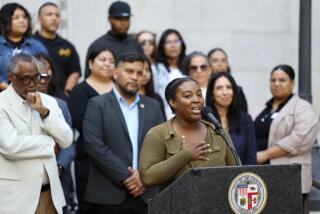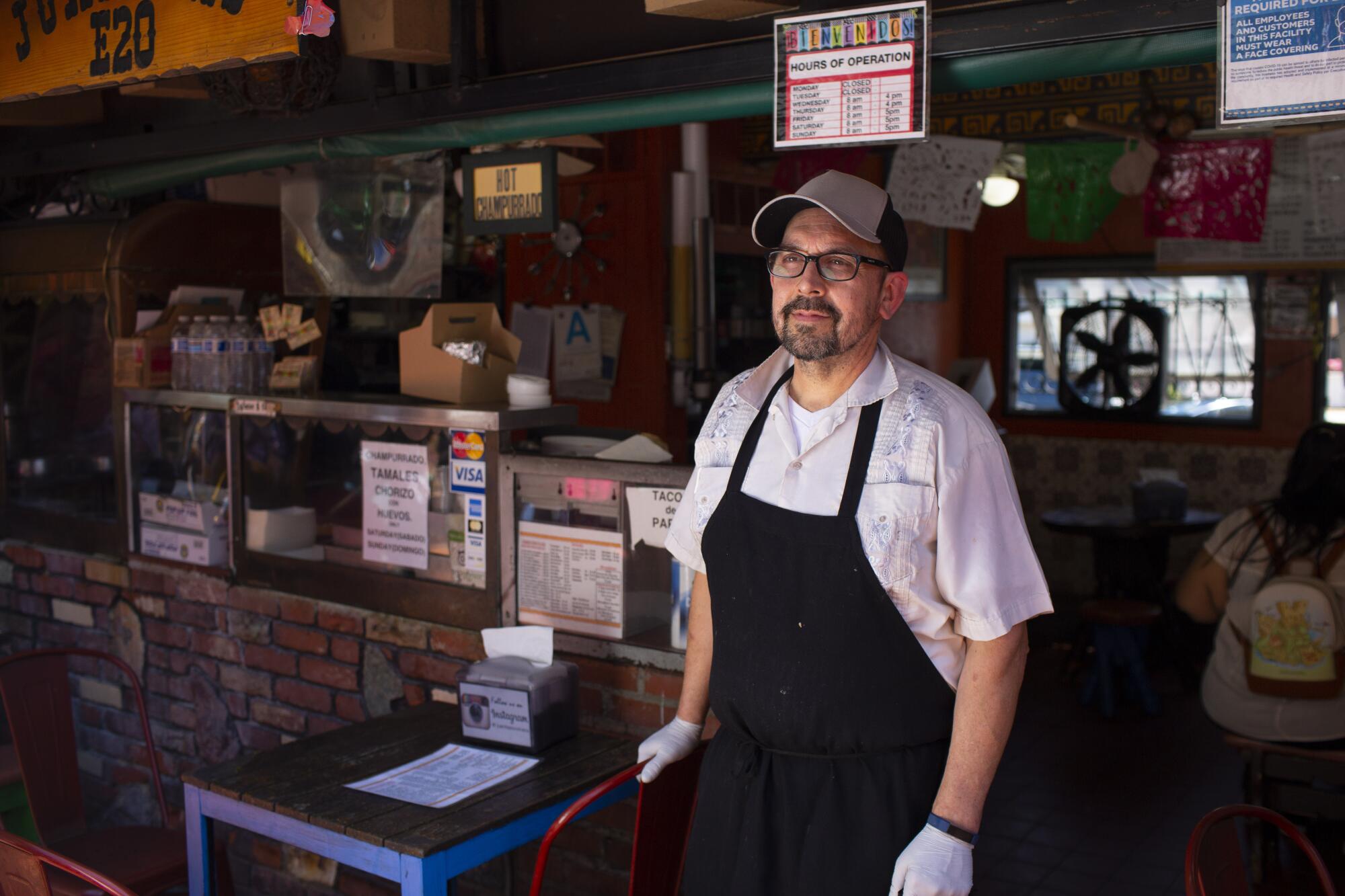
- Share via
Like other Black entrepreneurs in her Inglewood neighborhood, Annie Graham has struggled to keep her business afloat during the pandemic.
At Ms. Ann’s clothing boutique on Manchester Boulevard, the Easter finery Graham stocked last spring remains on the racks. Also untouched are many of the exclusively white outfits for weddings and parties that she sells at her storefront next door, the White House. Customers, she said, mostly buy dresses now for funerals.

So last year, as she fell behind on rent at her storefronts and at home, Graham had to let go of her team of six, all independent contractors and most of them family. She also turned to the Paycheck Protection Program, a federal government initiative that promised to help businesses like hers by providing one of the largest financial bailouts since the Great Depression.
Reveal: Which neighborhoods were neglected by the Paycheck Protection Program?
In signing the Coronavirus Aid, Relief, and Economic Security, or CARES, Act, then-President Trump announced that PPP loans would provide “unprecedented support to small businesses” in order “to keep our small businesses strong.” The program has injected more than $770 billion into businesses, including Reveal from the Center for Investigative Reporting and the Los Angeles Times, since April 2020.
But after submitting her application, Graham was notified that her request was rejected. In her corner of Inglewood, only 32% of businesses received PPP loans.
“For me not to be able to get any help, it’s hurtful, that’s all I can say,” she said.
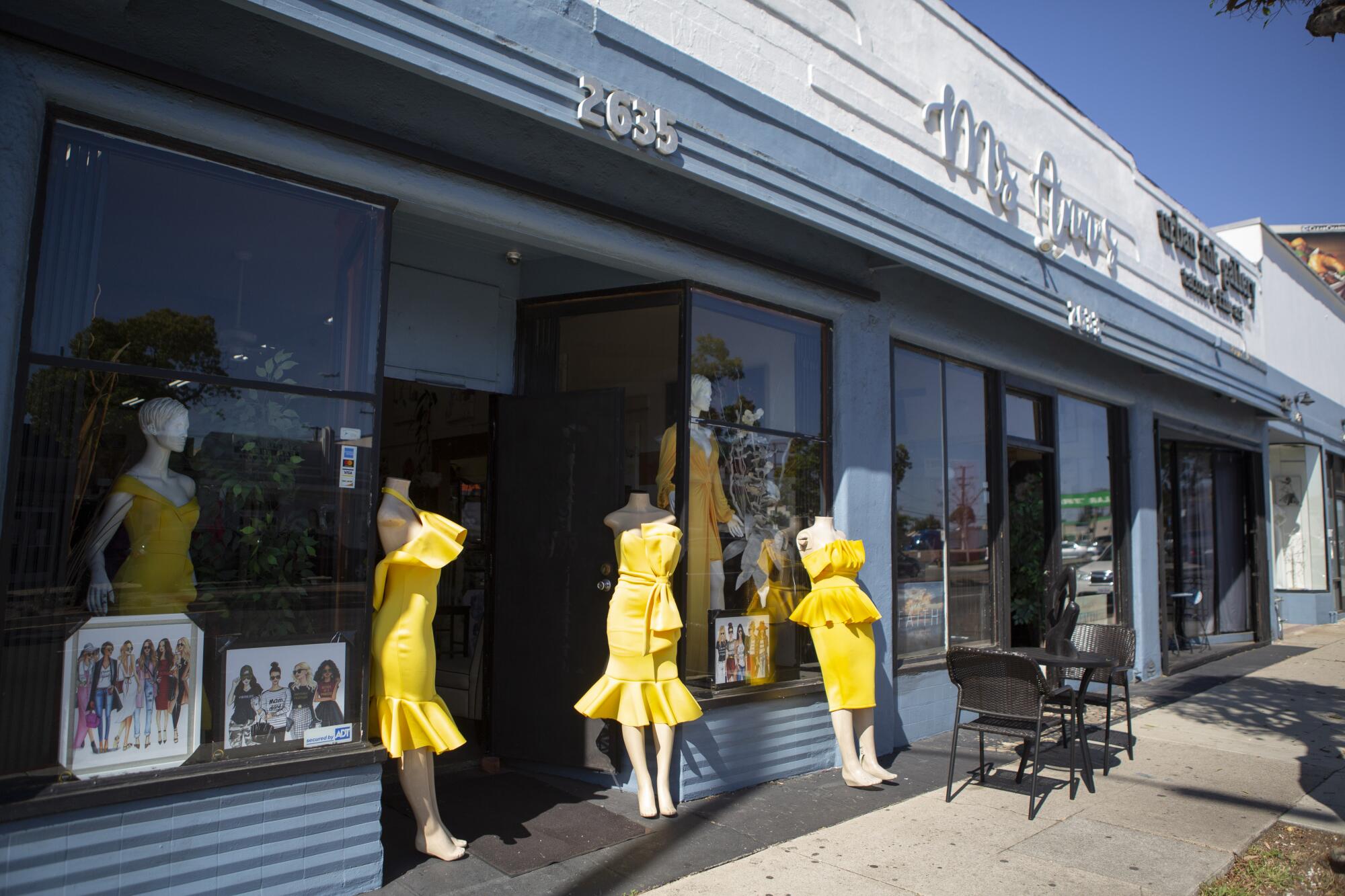
Through the CARES Act, Congress ordered the Small Business Administration and the Treasury Department to issue guidance to lenders to ensure that the loan program “prioritizes small business concerns and entities in underserved and rural markets.”
Yet a Reveal analysis of more than 5 million PPP loans found widespread racial disparities in how those loans were distributed. In the vast majority of metro areas with a population of 1 million or more, the rate of lending to majority-white neighborhoods was higher than the rates for any neighborhoods with Latino, Black or Asian majorities.
Los Angeles had some of the worst disparities in the nation. Although communities of color were hit far harder by COVID-19, businesses in majority-white neighborhoods received loans at twice the rate that majority-Latino census tracts received, 1.5 times the rate of businesses in majority-Black areas and 1.2 times the rate in Asian areas.
Shannon Giles, a spokesperson for the Small Business Administration, said the agency does not comment on third-party analyses of its data.
The analysis, based on records released after Reveal and 10 other news organizations sued the Small Business Administration for access to PPP loan data, is the first look at how the federal program’s loans were distributed at the census tract level.
Because the Treasury and SBA initially excluded a standard demographic questionnaire from the PPP application, banks did not routinely collect information on the race or gender of borrowers. So Reveal looked at loan totals and business data according to the racial makeup of each tract.
A variety of factors contributed to the disparities, including failures by both banks and the government to adequately ensure fairness in the program, according to federal records and lending experts.
PPP rules disfavored businesses without employees and required Social Security numbers and other records that some small entrepreneurs lack. Banks focused on existing and wealthier customers without conducting adequate outreach to communities of color, according to a congressional investigation.
Jesse Van Tol, chief executive of the fair lending group National Community Reinvestment Coalition, said the disparities show that banks failed to live up to a 44-year-old federal law that requires them to equitably serve all communities where they do business.
The racial disparities in the PPP rollout may not be patently illegal, Van Tol said, because the law has limited mechanisms for accountability. But of the disparities, he said: “Is it fair? No. Is it equitable? No. Does it violate the spirit of the Community Reinvestment Act? Absolutely.”
::
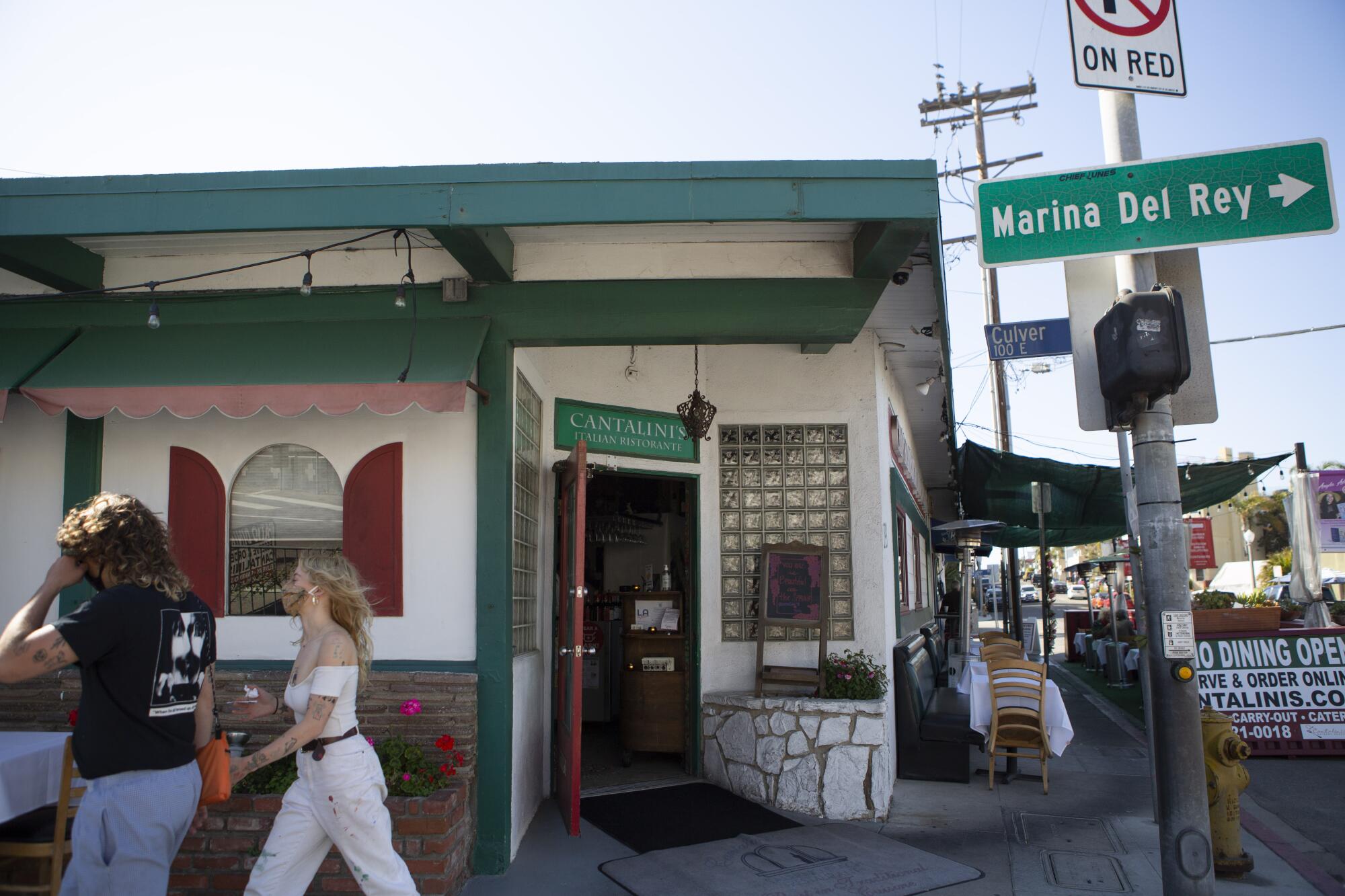
In Playa del Rey in Los Angeles, where businesses have struggled during the health crisis, the Reveal analysis found that 61% of businesses in the predominantly white neighborhood have received PPP assistance.
Cantalini’s Salerno Beach Restaurant — a local institution founded in 1962 — got a $95,000 PPP loan in April 2020 and an additional $133,000 in January. It wasn’t easy: When owner Lisa Schwab first contacted her own bank, Wells Fargo, she said, “They were just buried.” She submitted a successful application with WebBank, an online lender.
“There’s no way we would’ve survived without that money,” Schwab said. “It was a lifeline.”
Fifteen minutes east is the city of Inglewood, one of the area’s last Black enclaves, where business owners got PPP loans at roughly half the rate.
Graham’s clothing shop, spanning several storefronts, marks the culmination of a decades-long dream for the former cosmetologist who moved to the city from Greenville, Ala., in the 1970s.
She started piecemeal, hunting down merchandise at swap meets, thrift stores and garage sales, developing an eye for items with resale potential. Eventually, 15 years ago, she was able to rent a storefront on Manchester Boulevard.
The pandemic threatened to upend her hard work.
She first tried applying for a PPP loan at her bank, Wells Fargo, but found the online process complicated and couldn’t successfully submit an application.
In May 2020, she heard that a company owned by former basketball star Magic Johnson had invested $100 million with MBE Capital Partners to fund PPP loans for minority- and women-owned businesses. So Graham applied with the New Jersey fintech company.
MBE emailed her to say she needed to submit IRS payroll documents. But like 96% of Black business owners, Graham doesn’t have employees. MBE declined her application.
She mailed a letter to MBE the next day. “I am a small, minority, woman-owned business,” she wrote. “It was my understanding that your mission was to help and assist businesses like mine.”
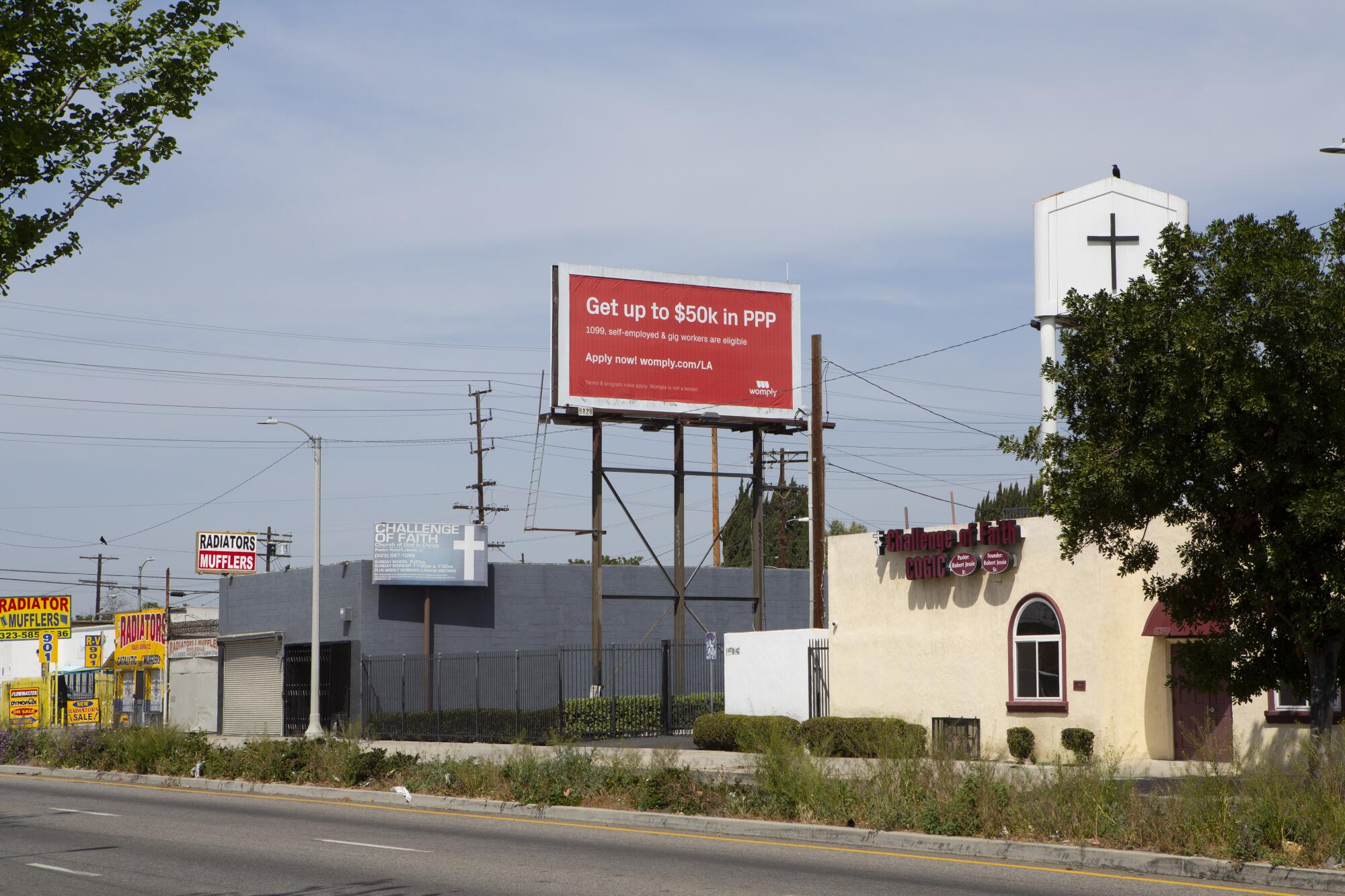
In an interview with Reveal, MBE’s president, Carra Wallace, acknowledged that the lender should have reached out to Graham to help her revise her application. But she said the company was overwhelmed as it reviewed roughly 20,000 PPP requests. Reveal’s analysis shows that MBE extended loans to majority-Black neighborhoods at a far higher rate than most other lenders.
“We’re a small business that is a minority-owned business ourselves that all of a sudden got asked to participate and help out and do something good for our community,” Wallace said. “We didn’t have the resources to spend an hour on the phone with somebody.”
Farther east on Manchester lies a predominantly Latino stretch of South L.A., where the picture worsens. Here, only 10% of businesses received PPP support — six times lower than in Playa del Rey.
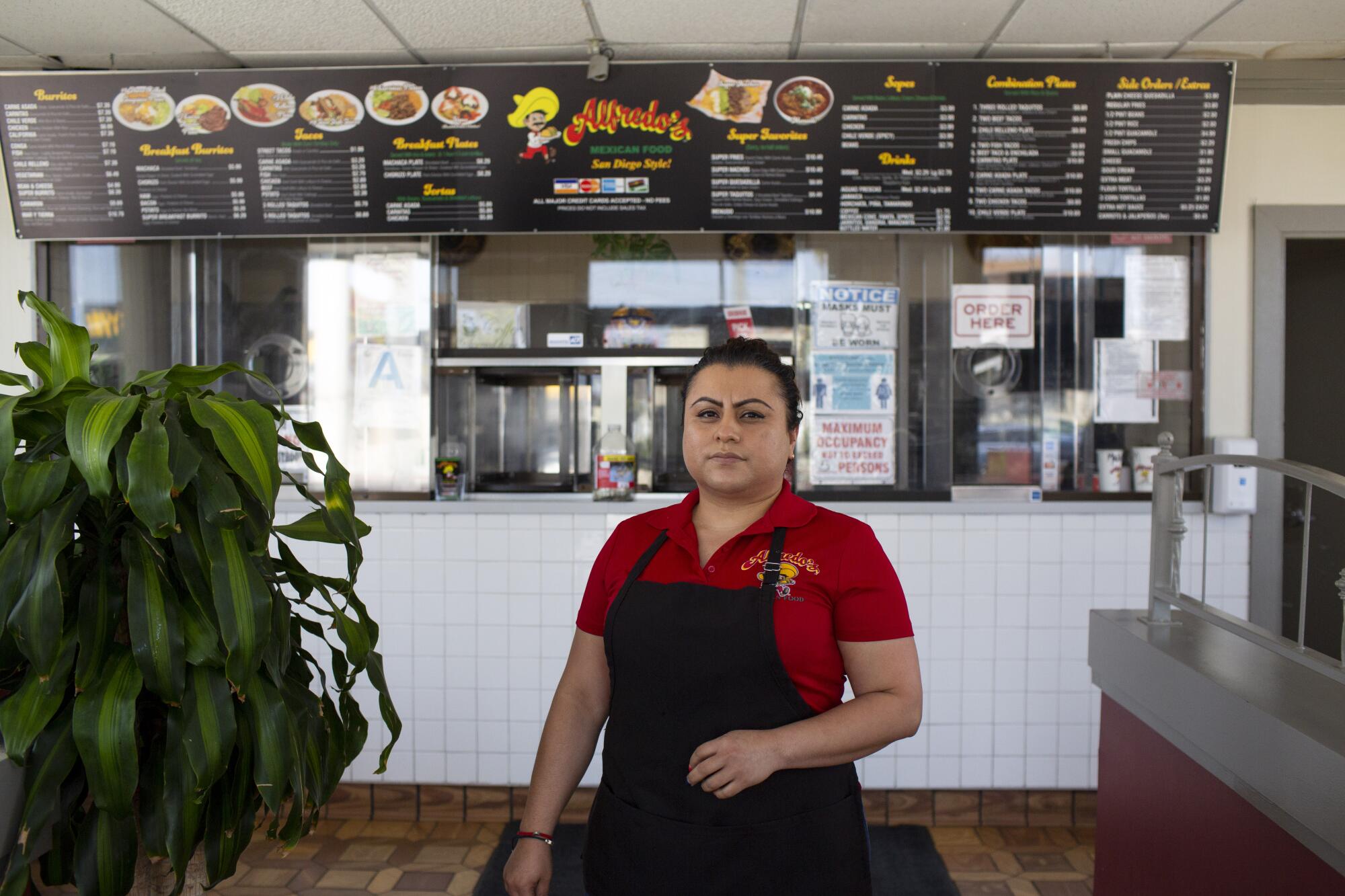
When the pandemic hit, Herminia Reyes pivoted to delivery services and relied on the drive-through window at her restaurant, Alfredo’s Mexican Food. As an immigrant who pays taxes with an individual taxpayer identification number, or ITIN, instead of a Social Security number, she was shut out by PPP last year.
“I haven’t had any help from the government,” she said. “I felt discouraged when I found out I couldn’t apply.”
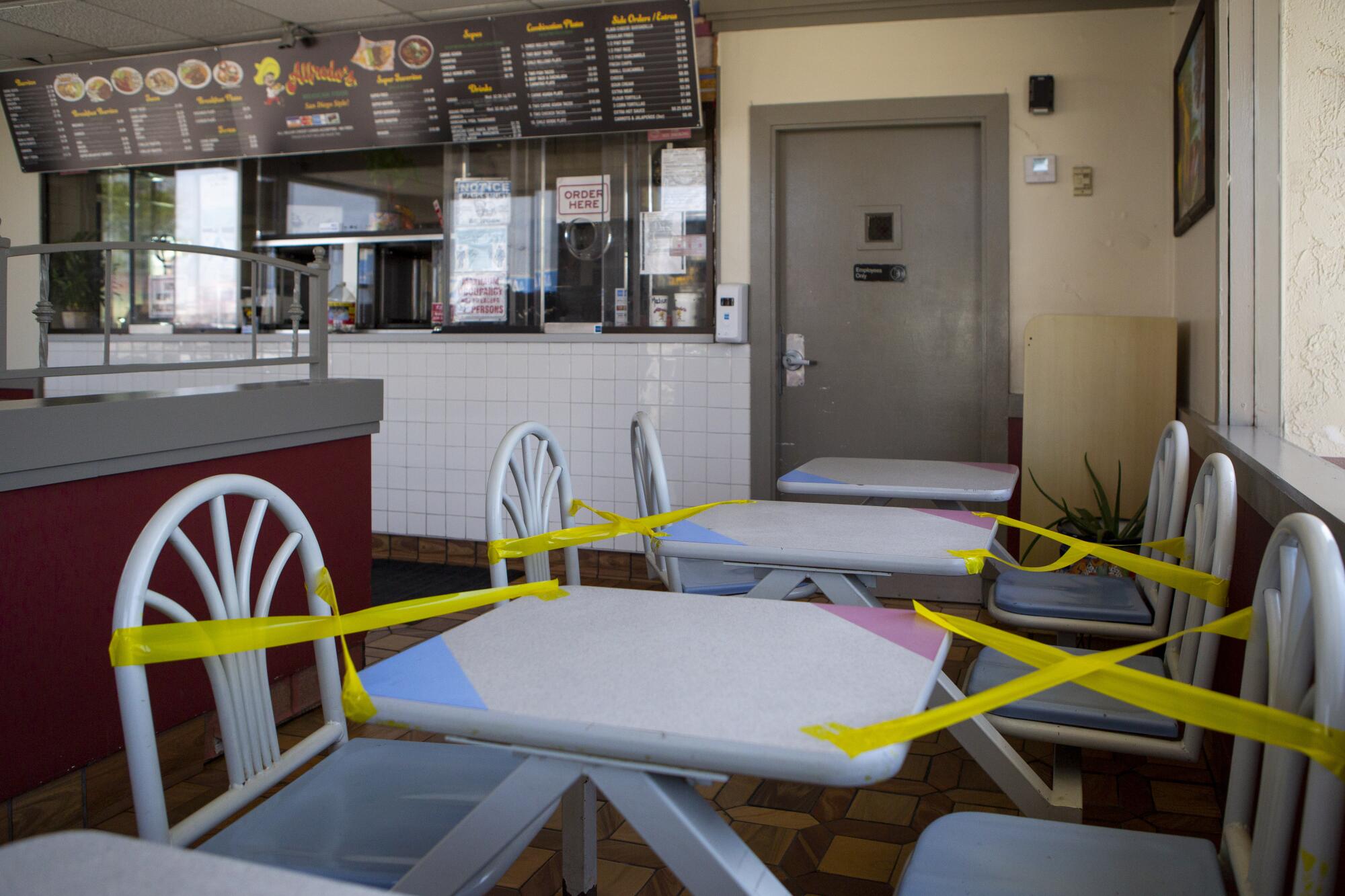
In the predominantly Asian community of Monterey Park, 32% of businesses received PPP loans. One individual was Ron Tang, owner of the bubble tea cafe One Zo.
A former tax manager, Tang said he had a good relationship with Bank of America; when his foot traffic dropped dramatically, he secured PPP funds last year with ease.
But since then, the bank rejected his application twice because of a “tax ID discrepancy.”
“I called multiple times and sometimes they would say it’s with the SBA, sometimes they would say they’re reviewing my application,” he said. “I don’t really know who [is] to blame. It’s more like … ‘Why is this happening to me at a time when we really need the funds?’”
::
In October, a congressional select subcommittee on the coronavirus crisis issued a sharply critical report on the program’s implementation.
Congress had instructed the SBA and Treasury to prioritize underserved communities and “economically disadvantaged individuals,” according to language in the CARES Act. Instead, several banks fast-tracked the PPP process for wealthier customers “at more than twice the speed of smaller loans to the neediest small businesses,” according to the report.
The subcommittee found that the American Bankers Assn., citing a call with the Treasury, told its members to direct PPP lending to existing customers.
At least one major bank knew this would create “a heightened risk of disparate impact on minority and women-owned businesses,” according to an internal Citibank memo cited in the report. The New York Federal Reserve Bank has found that most Black business owners don’t have an existing banking relationship.
Though the Treasury later denied giving this guidance, the report found that several major banks moved forward with the directive. The Treasury Department did not respond to requests for comment.
The SBA declined an interview. In response to a request to outline steps the agency took to prioritize underserved communities last year, spokesperson Giles wrote: “The SBA continues to support efforts to benefit the smallest businesses and underserved communities and address potential barriers to access to capital. It also has called on its lending partners to redouble their efforts to assist eligible borrowers in these communities.”
“This was a government program,” said Van Tol, of the National Community Reinvestment Coalition. “We wouldn’t have said you can only get your stimulus check if you happen to have a banking relationship with a bank that’s going to offer a stimulus check. But that’s how the PPP program played out.”
In the Los Angeles area, Wells Fargo, the nation’s fourth-largest PPP lender, lent to businesses in majority-white neighborhoods at more than twice the rate it lent to businesses in predominantly Black and Latino neighborhoods.
The bank declined Reveal’s interview request, but spokesperson Manuel Venegas said in a statement that the lender was aware of the disparities.
In response, Venegas said the bank supplied capital to community development organizations and launched an email campaign in February, almost a year after PPP launched, targeting Wells Fargo’s clients in communities of color “to bridge those awareness gaps and help facilitate these owners getting the support they need.”
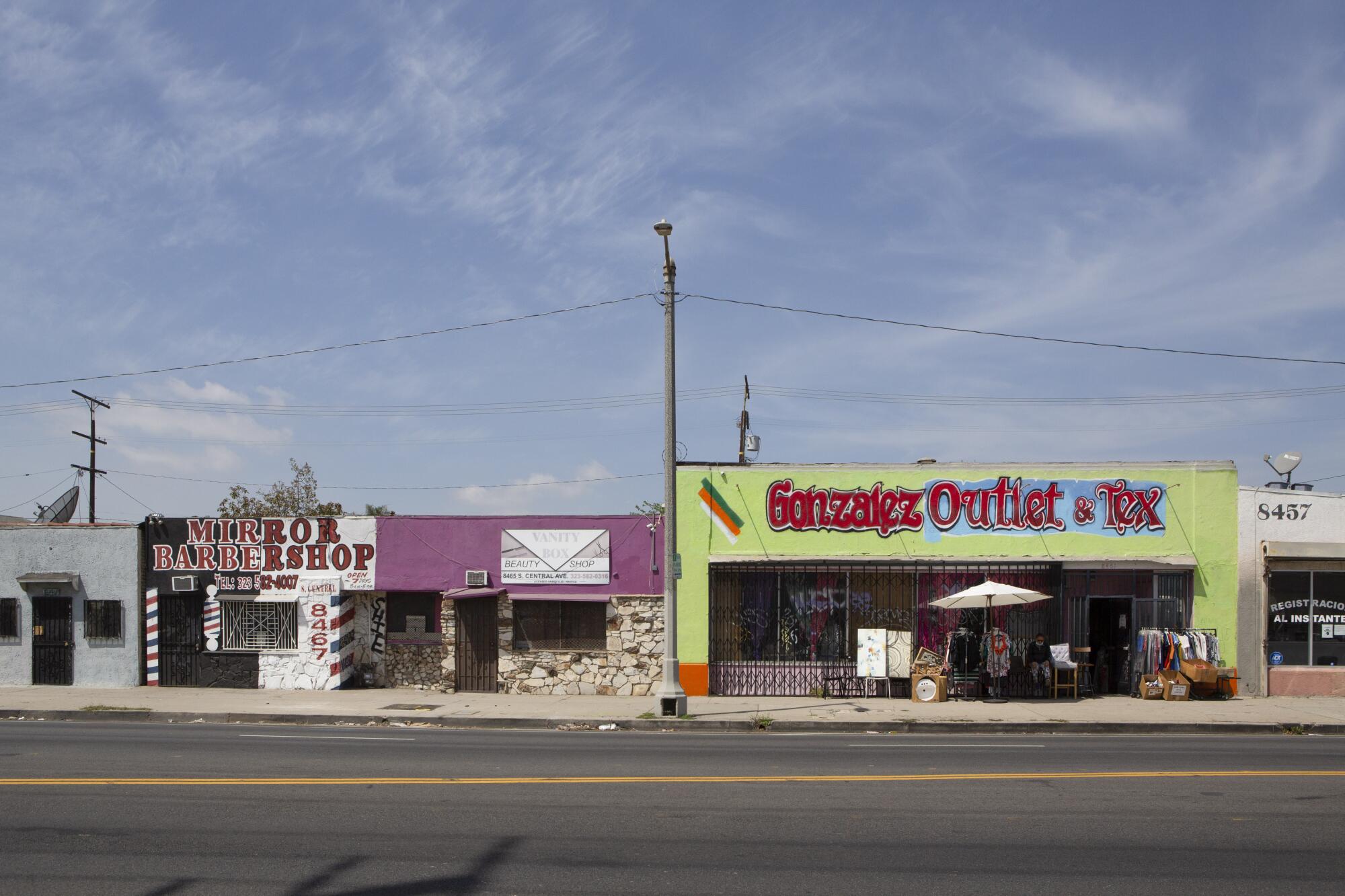
JPMorgan Chase, which lent the most PPP money last year at $29 billion, produced similar disparities.
Anne Pace, a spokesperson for the investment bank, said in a statement that more than 32% of its PPP loans last year went to small businesses in communities of color. But she did not dispute the disparities affecting Black and Latino communities.
“We know there is more to do,” she said.
No lender was more dominant in implementing PPP than Bank of America, which facilitated the most PPP loans in the country — 343,500. In the Los Angeles area, it sent loans to white communities at nearly twice the rate it did to predominantly Latino and Black communities.
When asked about the disparities, Dan Letendre, a Bank of America senior vice president focused on serving low-income communities, noted that the PPP’s rules were initially designed in favor of businesses with employees. With sole proprietorships more common in communities of color, he said, “they did see less money.”
Banks, under the Community Reinvestment Act, must affirmatively meet the credit needs of communities where they operate. But banks can meet this mandate by farming out the work to community development financial institutions, or CDFIs, that work closely with underserved communities.
Letendre said Bank of America, which has approved more than $25.5 billion in PPP loans, provided more than $850 million in credit to CDFIs that went toward roughly 10,000 PPP loans.
The reliance by banks on CDFIs and so-called minority depository institutions, the congressional report found, “failed to adequately address the needs of minority and women-owned small businesses.”
Facing criticism, the SBA and Treasury set aside $10 billion for CDFIs during round two last year.
::
On a recent afternoon, Mark McKenna sat at the desk in his bedroom and stared at three computer monitors. Headphones on, he made calls to business owners applying for PPP loans, or those he suspected might qualify.
McKenna is a business development officer for Prestamos — “we lend” in Spanish — a CDFI founded by the Phoenix-based nonprofit Chicanos Por La Causa.
With most of its clients in Arizona, Nevada and California, Prestamos approved more than 900 PPP loans totaling some $26 million last year, outperforming most other lenders in Latino communities. Like other CDFIs, Prestamos received funding from such major lenders as Bank of America and Wells Fargo.
McKenna said many small-business owners were shut out by the PPP because many banks didn’t directly reach out to sole proprietors. Other owners didn’t have the necessary financial documents — or the equipment to scan them.
“I can’t even tell you how many people didn’t even bother applying because they didn’t have those capabilities,” he said.
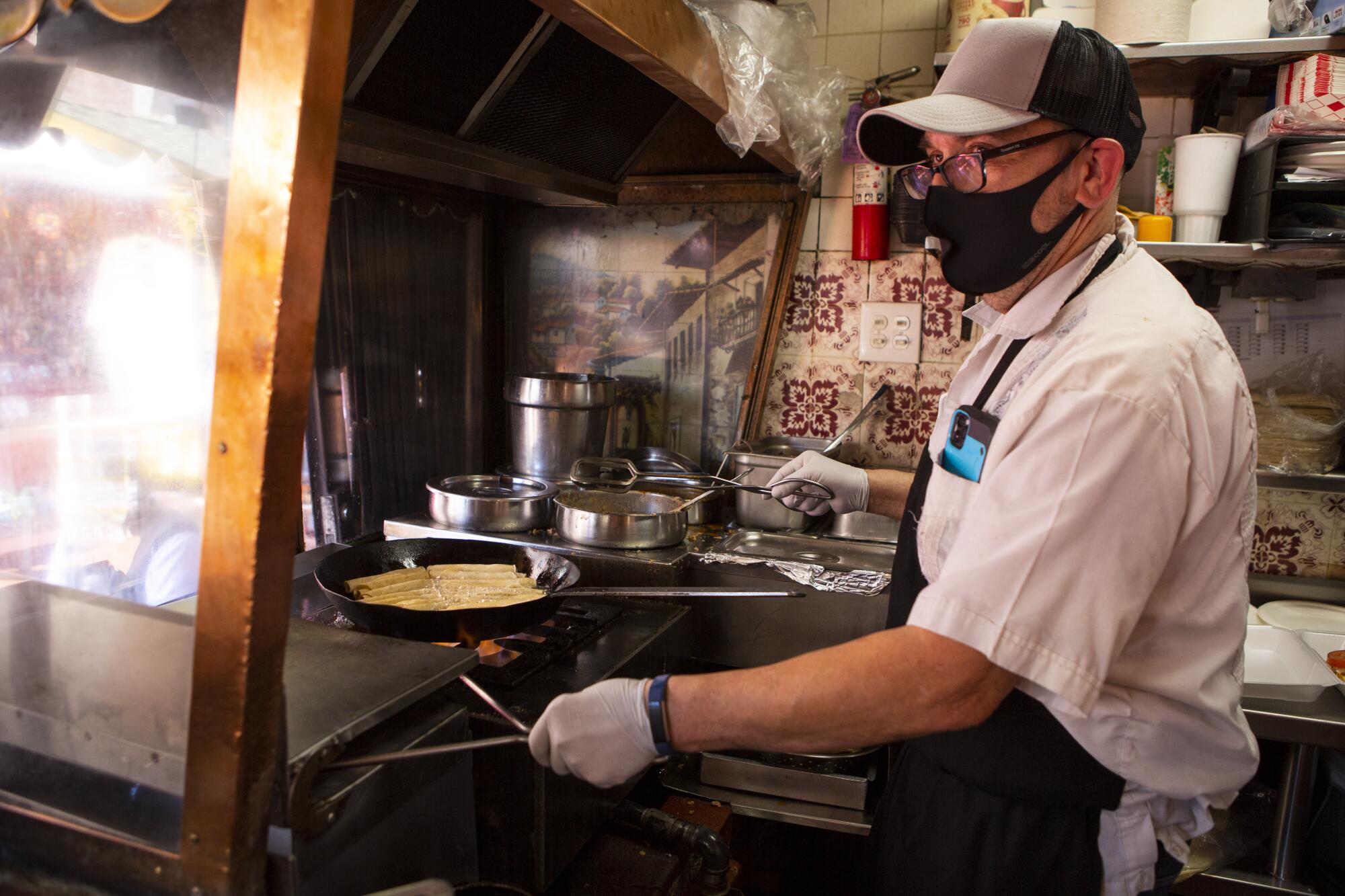
Edward Flores owns a cafe on Olvera Street, the historic downtown L.A. area lined with Mexican restaurants and artisan shops. He took over Juanita’s Cafe, founded by his grandmother in 1944, three decades ago.
With sales down catastrophically at his eatery, Flores had to cut his operating hours and lay off his staff last year. When the city allowed restaurants to serve takeout, he went to the cafe as early as 4 a.m. to cook small batches of food, clocking in 13-hour days. One day, he sold just $11.25 worth of food.
With that revenue, Flores said he had no reason to believe his bank would want to help him. He didn’t apply for a PPP loan.
In the predominantly Latino census tract that includes Olvera Street, only 21% of businesses got PPP loans last year.
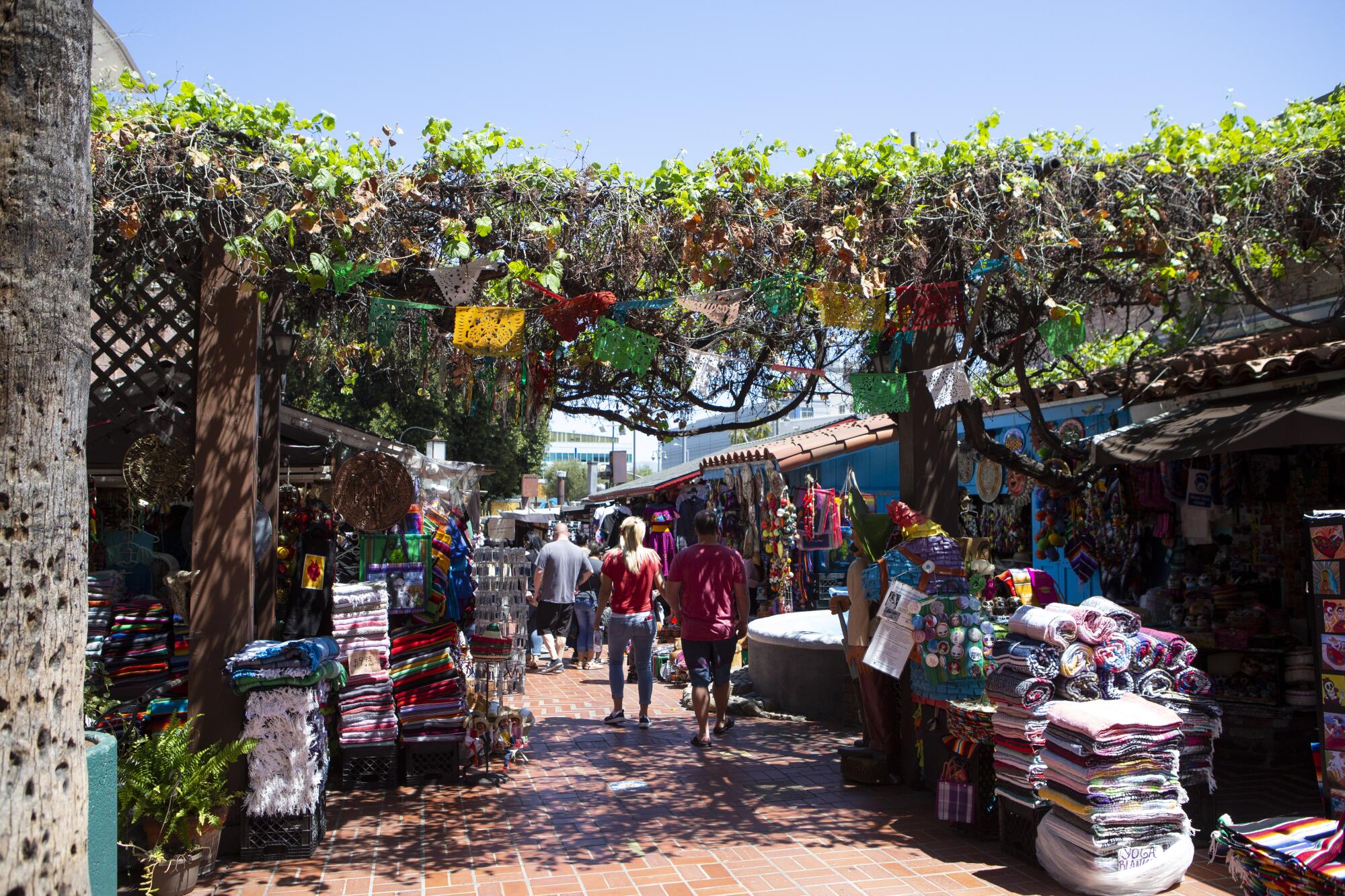
Though he didn’t receive a potentially forgivable loan under PPP, Flores was approved for a $108,000 loan under the SBA’s Economic Injury Disaster Loan program. That loan is not forgivable, and a statement has already arrived in the mail.
“I’m fairly certain that we’re going to survive,” he said. “That’s probably what a lot of businesses are just trying to do — is just survive.”
::
Designing PPP to rely on commercial lenders was never likely to result in equitable lending, said Paulina Gonzalez-Brito, executive director of the California Reinvestment Coalition, which advocates for fair banking in communities of color. Racial discrimination through redlining and other practices has long plagued the lending industry.
The Community Reinvestment Act of 1977 was designed to tackle some of the problems, but the law lacks strong enforcement mechanisms — and doesn’t explicitly mention race. In 2018, Reveal found that Black and Latino households were still denied conventional mortgages at rates far higher than their white counterparts.
“It’s not enough, frankly, for bank CEOs to say Black lives matter,” Gonzalez-Brito said. “It has to be policy changes and systems changes within their own practices if we’re actually going to make a difference in the way that they’ve been functioning for generations.”
The Biden administration has made a few changes to PPP that are already reaping benefits for owners of very small businesses. In February, it established a 14-day exclusive PPP loan application period for businesses with fewer than 20 employees. By March 5, minority business loan approvals had increased 20%, according to the SBA.
Sole proprietors can apply by reporting their gross income instead of net, resulting in larger loan amounts. And business owners with ITINs, rather than Social Security numbers, are now eligible. The current round of PPP applications closes May 31.
For many businesses, these changes came too late.
A New York Federal Reserve Bank study found Black business ownership declined sharply — 41% — in the first few months of the pandemic, 2½ more than white businesses. Latino and Asian business ownership also dropped at higher rates than white ownership, 32%, 26% and 17%, respectively.
As with redlining practices from decades past, the PPP’s disparate lending patterns risk holding back communities of color for generations, said Kevin Stein, deputy director of the California Reinvestment Coalition.
“What are the main ways that people build wealth? It’s through homeownership and then it’s through small-business ownership,” he said.
In Inglewood, Graham, the owner of Ms. Ann’s, said she is hanging on by a thread.
She received $15,000 from the California Small Business COVID-19 Relief Grant Program, but “my rent ate that up immediately,” she said. She was also approved for an economic disaster loan. She applied for PPP again, this time through another CDFI that did not ask her for payroll documents. She was approved in March for nearly $15,000.
“I built my business on faith and strength,” she said. “Not on what somebody else can do. So that’s why I’m trying to hold on.”
David Rodriguez and Sarah Cohen of Reveal from the Center for Investigative Reporting contributed to this report.
More to Read
About this story
Sign up for Essential California
The most important California stories and recommendations in your inbox every morning.
You may occasionally receive promotional content from the Los Angeles Times.
